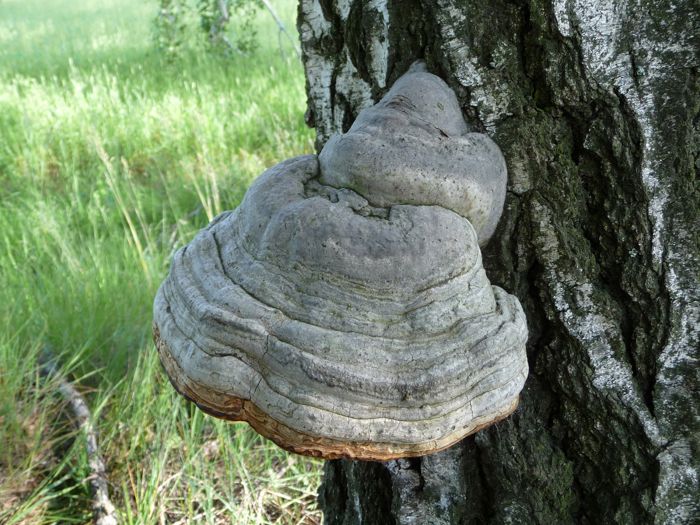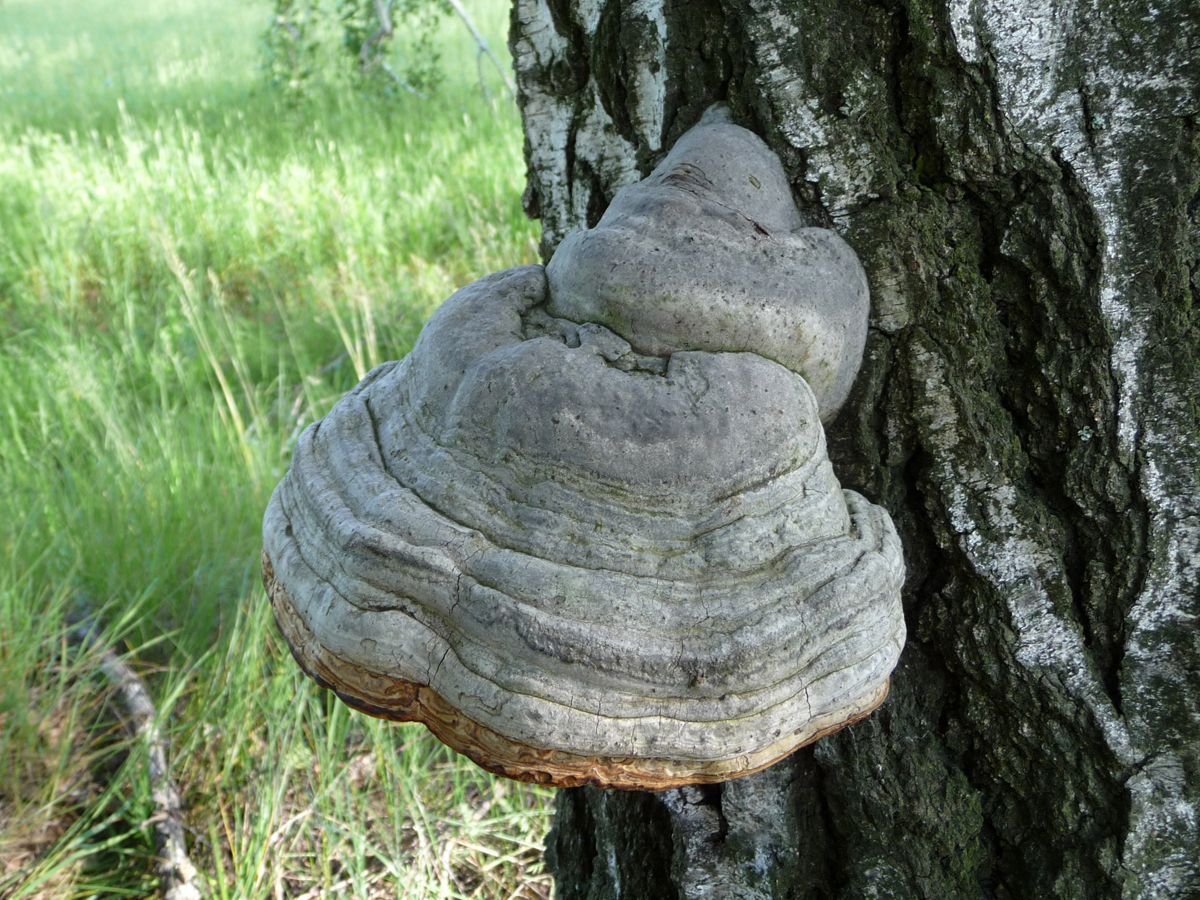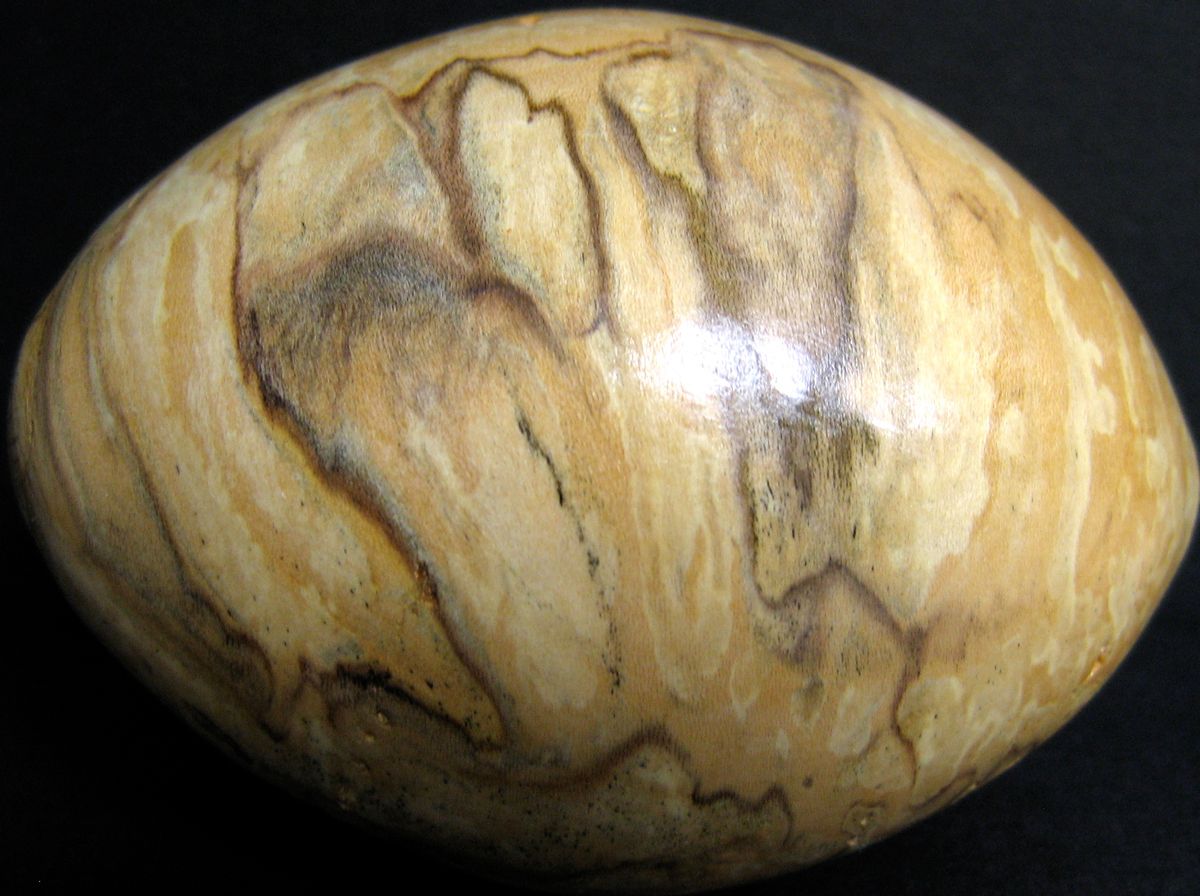Spalted wood fungus of the month – Fomes fomentarius
With the cooler weather upon us, what is an avid spalter to do? I suggest going out in search of perennial conks - mushrooms that get bigger and bigger every year and thus do not die off at the end of a season.
Fomes fomentarius, the tinder conk, loves birch
Summer has come and gone and thus we now find ourselves scrambling to collect those final few mushrooms of the season. For those that have been keeping track through the summers on the Spalt Your Own Lumber series, Chlorociboria is in full bloom now, and should be easier to find for the next few weeks. Xylaria polymorpha (Dead Man’s Finger) will be winding down, but you might still be able to find some harder fruiting bodies lurking around.
With the cooler weather upon us, what is an avid spalter to do? I suggest going out in search of perennial conks – mushrooms that get bigger and bigger every year and thus do not die off at the end of a season. And perhaps the most well know, the most ubiquitous of these is the ever popular, ever present, ever destructive tinder conk, Fomes fomentarius.

Selection
Wikipedia has an excellent entry on this fungus, so I won’t get into it too much here. Like Trametes versicolor, this fungus is absolutely everywhere, and you should never have any problem finding it. But before you go plucking it off a tree, stick your fingers on the underside and check to see if it is moist. If yes, you have yourself a winner. If no, move along. Fresh Fomes are going to be a lot better at spalting than old ones, especially if the old one is all chewed up by insects.
Fomes fomentarius and Wood
The tinder conk is an aggressive white rot fungus, which means it bleaches the wood to a soft, spongy white in a matter of weeks. Its aggressive nature lends it to produce zone lines, especially when paired with other aggressive fungi like Trametes versicolor. This fungus works best on birch, but monitor it closely! Even a week too long will give you mushy porridge birch instead of brilliantly spalted birch. And nobody likes mushy porridge.
The zone lines produced by Fomes fomentarius are broader than most zone lines, and look more like they were done by a paint brush rather than a fine tipped marker. Mixing a Fomes with a Xylaria can give you thin and thick zone lines, which is a lovely combination. Add to that that birch tends to get not only black, but also red zone lines on it, and you have the possibility for greatness on your hands.
Final Thoughts
Did you find any interesting fungi this summer? Leave a comment or drop me an e-mail and I’ll let you know if they’re any good for your winter spalting bins.
Worried about fungi? Internet got you paranoid beyond all reason? Check out the facts behind why fungi aren’t going to kill you.
Next month this series resumes its normal format. Look for fungi of the month again starting next summer, once the mushrooms start popping back up again!
-Seri
http://www.northernspalting.com
Fine Woodworking Recommended Products

DeWalt 735X Planer

Ridgid R4331 Planer

AnchorSeal Log and Lumber End-Grain Sealer





























Log in or create an account to post a comment.
Sign up Log in